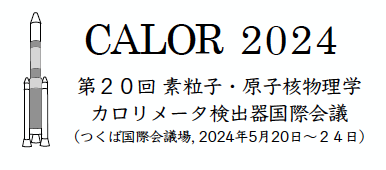Speaker
Description
Calorimetry at the HL-LHC faces two enormous challenges, particularly in the forward direction: radiation tolerance and unprecedented in-time event pileup. Therefore, the CMS Collaboration is preparing to replace its current endcap calorimeters for the HL-LHC era with a high-granularity calorimeter (HGCAL), featuring a previously unrealized transverse and longitudinal segmentation, with 5D information (space-time-energy) read out. This design uses silicon sensors for the electromagnetic section and high-irradiation regions (with fluences above 10¹⁴neq/cm²) of the hadronic section, while in the low-irradiation regions of the hadronic section plastic scintillator tiles with on-tile silicon photomultipliers are used. The active layers include copper cooling plates embedded with thin pipes carrying biphase CO2 coolant, front-end electronics and electrical/optical services. The scale and density of the calorimeter poses many engineering challenges, including: the design and production of 600 tonnes of stainless steel absorber plates to very high tolerances; the development of the CO2 cooling system to maintain each 220-tonne endcap at -35oC with electronics dissipating up to 140kW; the need to cantilever the calorimeters from the existing CMS endcap disks, using titanium supports; the production of a thin but strong inner cylinder to take the full weight while minimising impact on physics performance; the integration of on-detector services in a restricted height of only a few millimetres. In this talk we present the ideas behind the HGCAL, the current status of the project, and the lessons that have been learnt while creating this first calorimeter of its type at a hadron collider.
